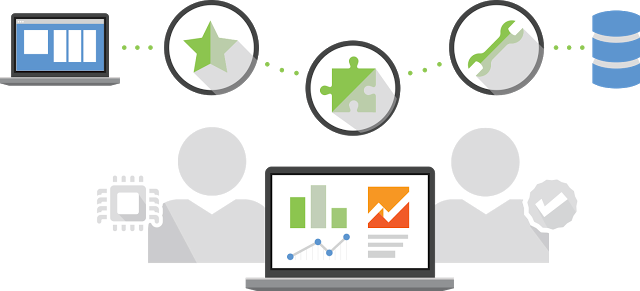
Google is updating its analytics portfolio to keep up with the ever-changing Web. The company announced Autotrack for analytics.js, a new solution designed to give developers new tools to track their data.
“The Web has changed a lot since the early days of Google Analytics. Back then, most websites actually consisted of individual pages, and moving from one page to the next involved clicking a link and making a full-page request,” wrote Philip Walton, developer programs engineer at Google, in a blog post. “But the Web of today is much more complex and varied than it used to be. In addition to traditional, static websites, we have full-featured Web applications. User interactions aren’t limited to clicking links and submitting forms, and a ‘pageview’ doesn’t always mean a full-page load.”
(Related: Glibc bug patched by Google)
Walton notes that while developers know they can do more with Google Analytics, they don’t make it a priority to learn new features, and Autotrack aims to solve that problem.
The solution features outbound link and form tracking; URL change tracking for single page applications; declarative event tracking; and media query tracking.
According to Walton, anyone can use Autotrack to track their sites, but the library is optimized for sites that don’t customize current analytics implementations.
In addition, the Autotrack library is open source in order for developers to provide feedback, give suggestions, understand how advanced features work, and have a starting point when creating an analytics solution.
“[Autotrack] attempts to leverage as many Google Analytics features as possible while requiring minimal manual implementation. It gives developers a foundation for tracking data relevant to today’s modern Web,” Walton wrote.






